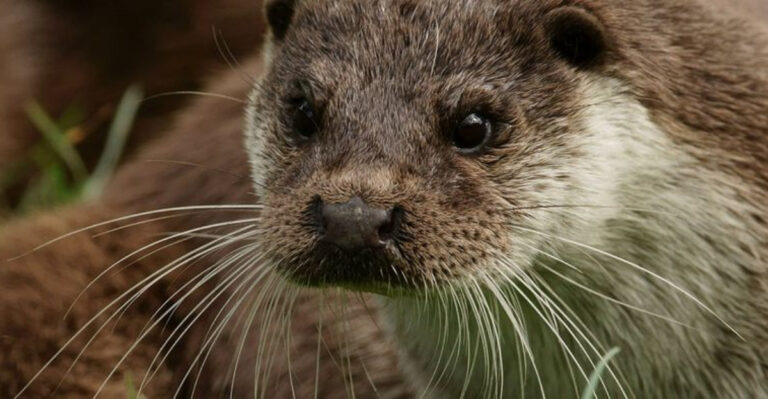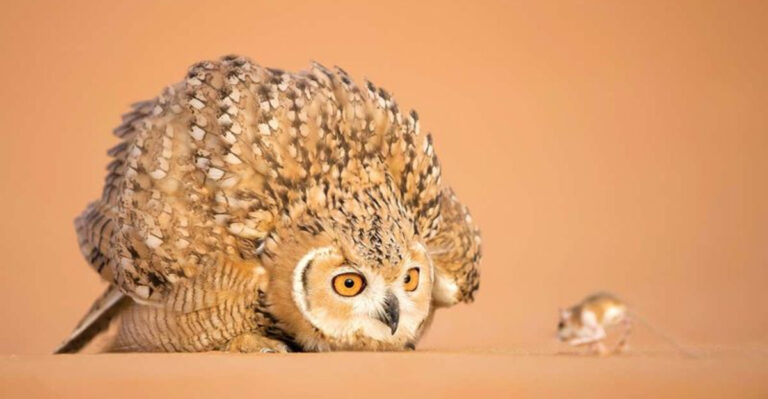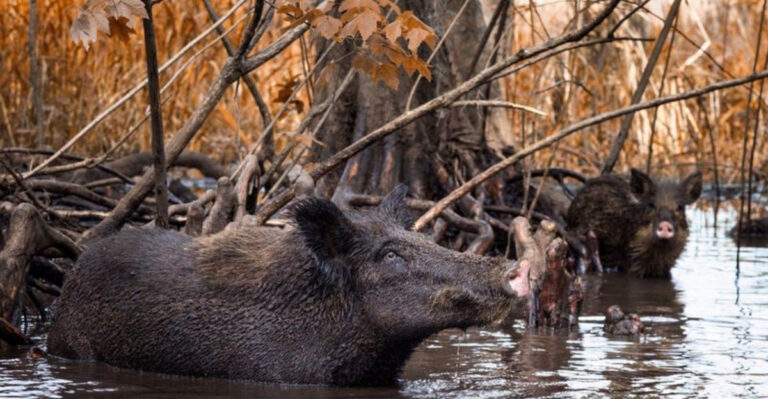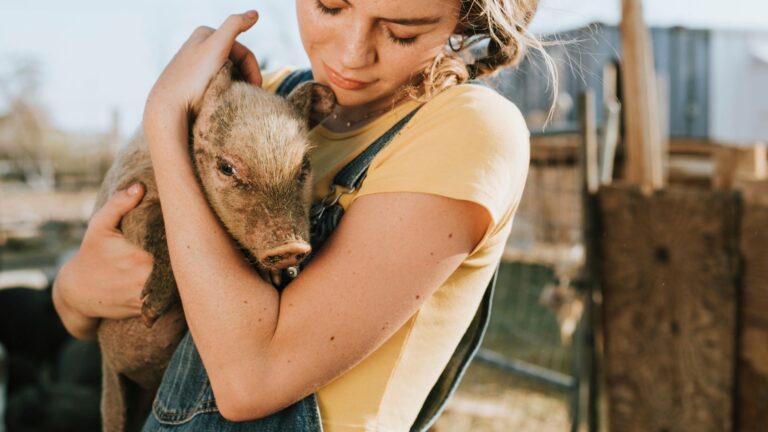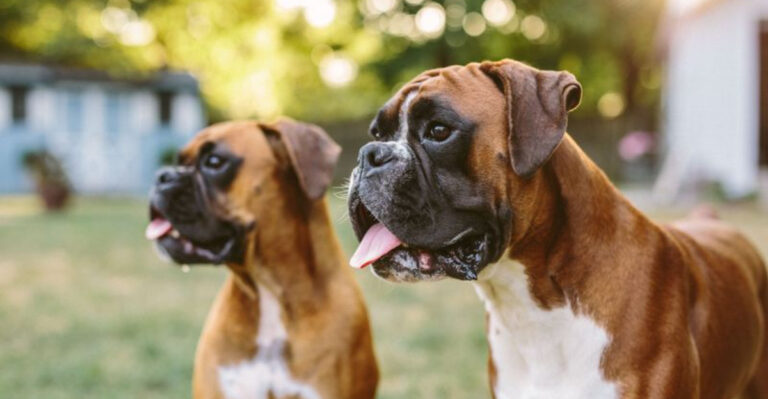17 Seeds Your Garden Needs For A Non-Stop Bird Show
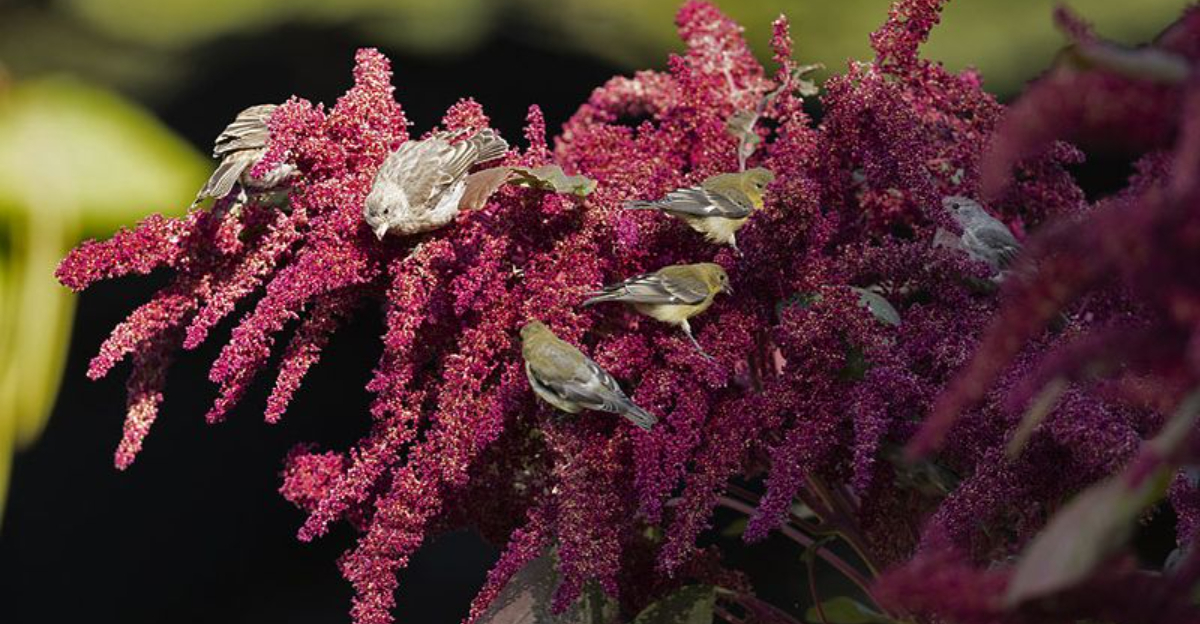
Transform your backyard into a lively bird sanctuary with the right seeds. Birds bring color, song, and natural pest control to your garden while creating a vibrant ecosystem right outside your window.
By planting these bird-friendly seeds, you’ll enjoy year-round visits from feathered friends who’ll turn your garden into their favorite dining spot.
1. Sunflower Power
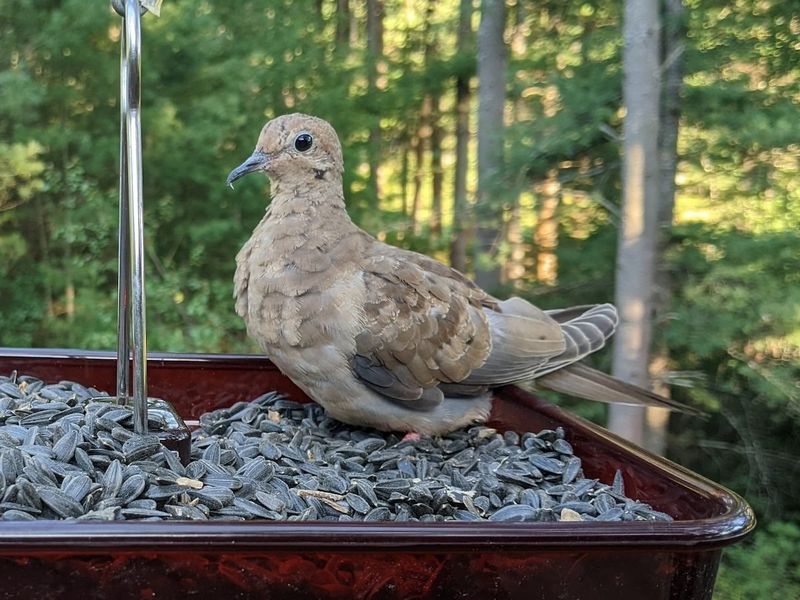
Nothing catches a bird’s eye quite like towering sunflowers with their massive seed heads. Cardinals, chickadees, and finches flock to these sunny giants when seeds mature.
Plant a variety of heights – from dwarf to mammoth – for a stunning visual display that doubles as a bird buffet. The black oil varieties pack more nutrition and have thinner shells, making them easier for smaller birds to crack.
2. Coneflower Magic
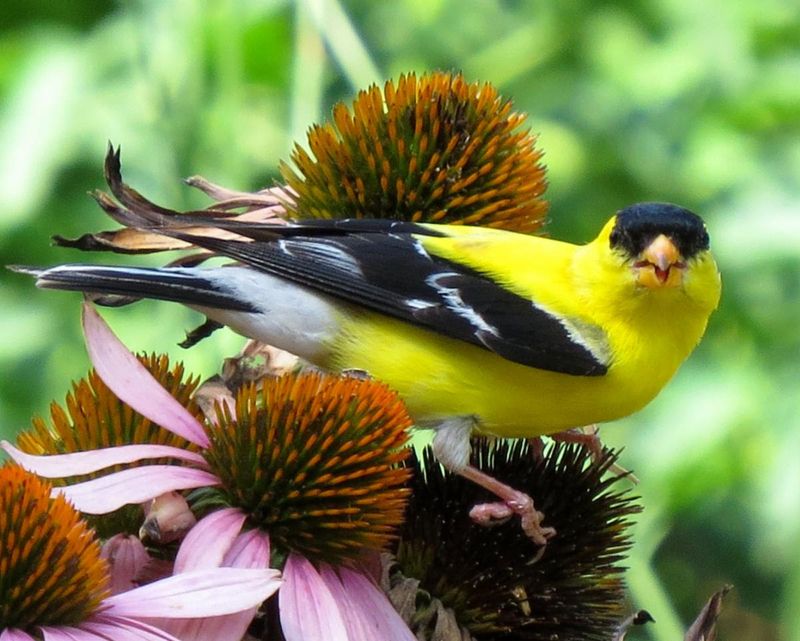
Goldfinches perform acrobatic feats on coneflower seed heads, creating a winter ballet in your garden. These purple beauties aren’t just pretty faces – they’re bird magnets even after their blooms fade.
Leave the dried seed heads standing through winter instead of deadheading. The sturdy stems hold up under snow, providing food when other sources are scarce. Bonus: they self-seed readily, expanding your bird buffet yearly.
3. Zinnia Feast
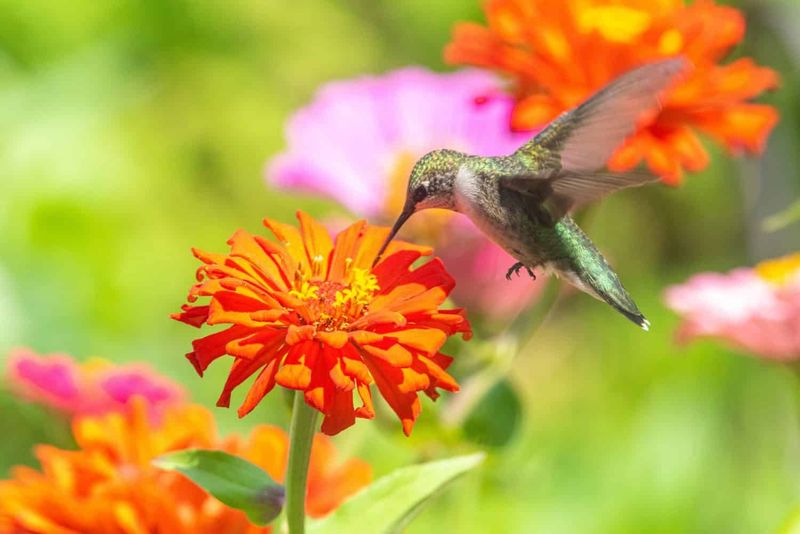
Butterflies may get all the credit, but zinnias host quite the bird party too. Goldfinches and sparrows balance delicately on the flower heads, picking out tiny seeds with surgical precision.
Easy to grow from seed, zinnias bloom from summer until first frost. Choose varieties with exposed centers like ‘State Fair’ or ‘California Giant’ that produce abundant seeds. Plant in rainbow blocks for a spectacular display that feeds birds and delights human eyes simultaneously.
4. Milkweed Miracle
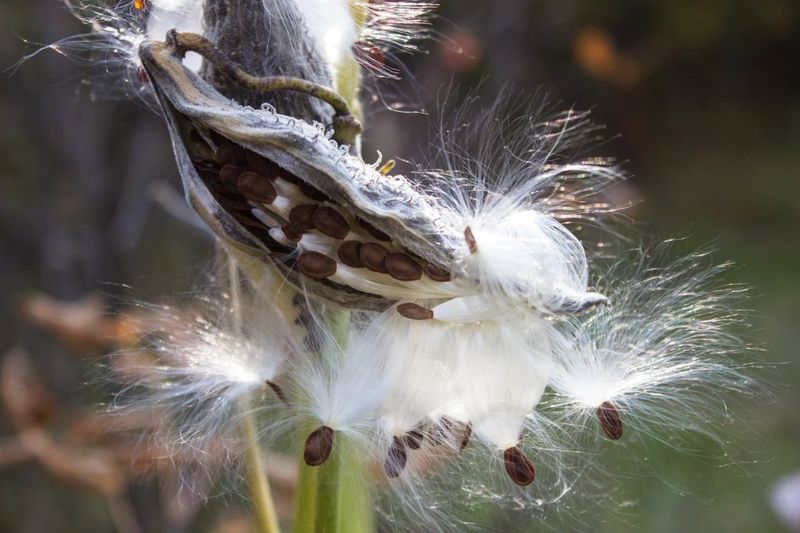
Famous for hosting monarch butterflies, milkweed’s fluffy seed pods also attract finches and chickadees. The silky fluff helps birds line their nests while the seeds provide nutritious winter food.
Native milkweed varieties support local bird populations best. Watch as birds skillfully extract seeds from the pods in autumn. Plant in sunny spots away from play areas, as the milky sap can irritate skin, but birds know exactly how to handle this special plant.
5. Cosmos Carnival
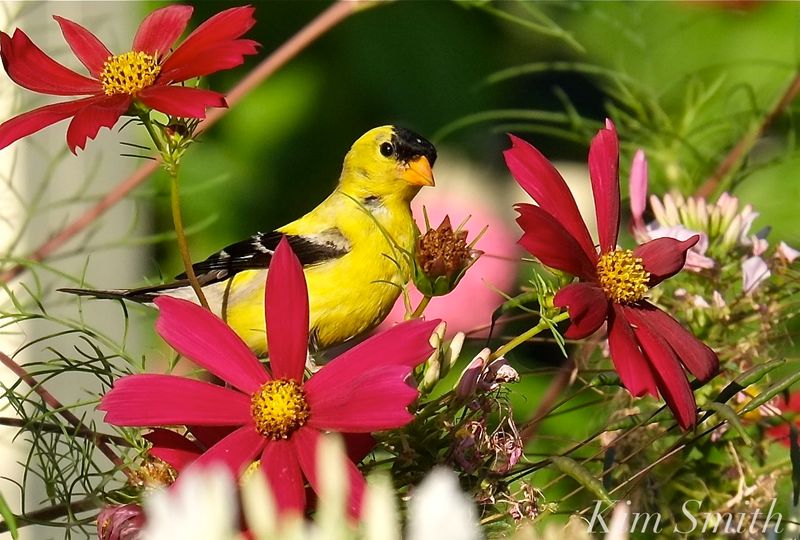
Airy cosmos creates a floating garden that doubles as a bird playground. Finches and sparrows perch on the swaying stems, feasting on seeds while the flowers dance in the breeze.
These easy-growing annuals produce hundreds of seeds per plant. Let them go to seed naturally in fall instead of deadheading. The chocolate-colored seed heads stand out against snow, creating winter interest for both birds and humans while providing essential calories during scarce months.
6. Black-Eyed Susan Bonanza
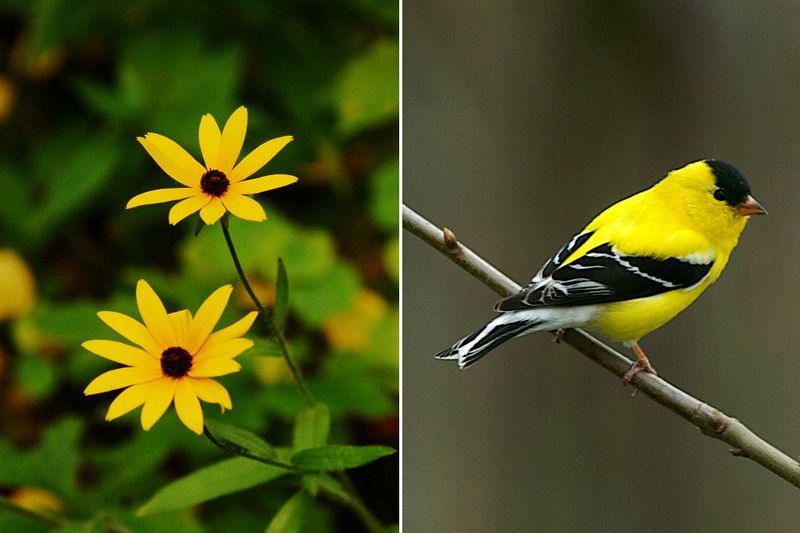
Cheerful yellow blooms transform into perfect perches for chickadees and juncos once seeds form. Black-eyed Susans create an all-you-can-eat buffet that lasts well into winter.
Plant these native perennials in drifts for maximum impact. Their dark centers develop into prominent seed heads that stand tall through snow and ice. Drought-tolerant and deer-resistant, they’re practically maintenance-free while keeping your feathered visitors well-fed during the hungriest months.
7. Tickseed Treasure

Goldfinches adore coreopsis seeds, often hanging upside-down to reach them! These daisy-like flowers produce abundant seeds on branching stems that provide perfect landing spots for small birds.
Plant several varieties for extended blooming and seed production. The thread-leaf types offer especially rich harvests. Their airy structure allows birds to maneuver easily between stems while foraging. Let plants self-seed for free garden expansion and even more bird-feeding opportunities next season.
8. Aster Attraction

Fall-blooming asters become bird magnets just when many gardens stop producing food. Their star-shaped flowers develop into fluffy seed heads that nuthatches and chickadees can’t resist.
Native aster varieties support local bird populations best. Plant them in groups near windows for prime bird-watching opportunities. Their late-season blooms bridge the gap between summer abundance and winter scarcity, providing critical nutrition during migration and early winter when birds need extra calories.
9. Amaranth Abundance
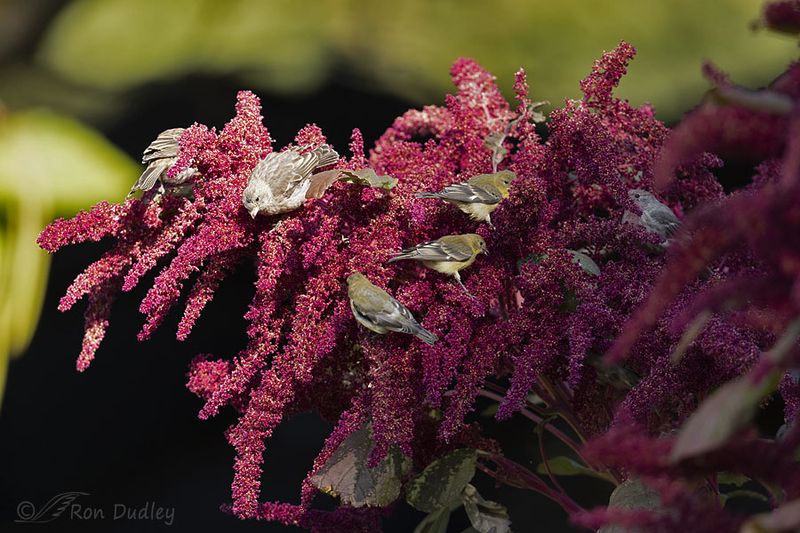
Dramatic amaranth plumes droop with thousands of tiny seeds that keep finches, sparrows, and juncos coming back for more. The burgundy varieties create striking garden focal points while feeding birds for months.
A single plant produces enough seeds to feed dozens of birds. ‘Love-Lies-Bleeding’ and ‘Hopi Red Dye’ varieties offer especially dramatic displays. Plant these ancient grains in full sun where their towering forms can serve as natural bird feeders from late summer through winter.
10. Millet Marvel
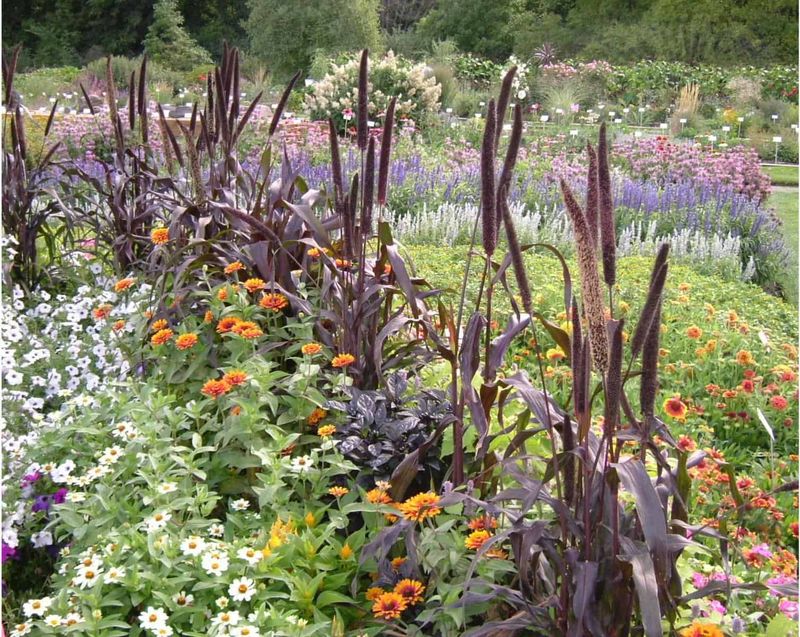
Ornamental millet creates dramatic purple foliage topped with chunky seed heads that birds literally fight over. Doves, finches, and sparrows strip these plants clean by winter’s end.
‘Purple Majesty’ and ‘Jade Princess’ varieties offer striking garden presence beyond their bird-feeding abilities. Plant in clusters for maximum visual impact. The sturdy stems rarely topple even under bird weight, making them reliable feeding stations through the harshest weather when natural food becomes scarce.
11. Blazing Star Brilliance
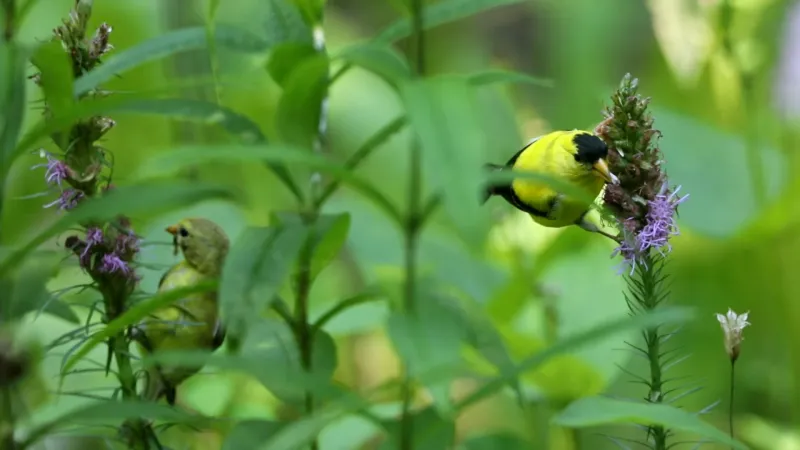
Goldfinches perform gravity-defying acrobatics on liatris seed heads, often hanging upside down to reach every last seed. These native prairie plants produce tall purple spikes that transform into bird feeding stations by fall.
The feathery seeds cling to the stalks well into winter. Plant in groups of 7-9 bulbs for dramatic effect and maximum bird attraction. Their vertical form adds architectural interest to gardens while providing critical food during migration and winter months.
12. Marigold Munchies
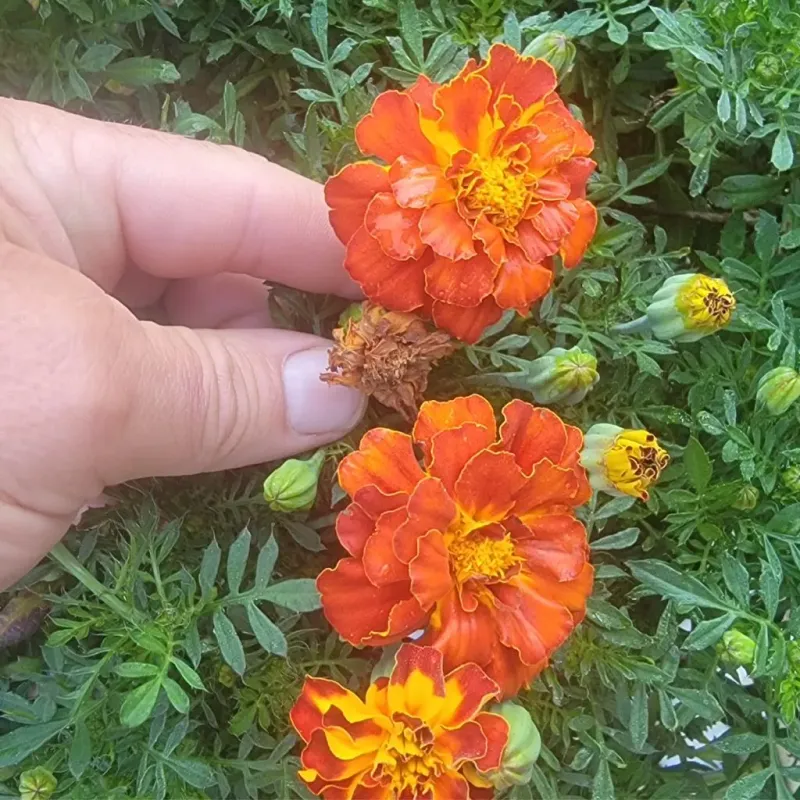
Humble marigolds become bird feeding stations once their flowers fade. House finches and juncos pick through the dried heads with incredible precision, extracting tiny seeds while balancing on the stems.
Save money by collecting seeds for next year while leaving plenty for birds. The ‘Crackerjack’ and ‘Aztec’ varieties produce especially seed-rich heads. Their distinctive scent repels garden pests while attracting birds – a double win for organic gardeners seeking natural balance.
13. Bee Balm Bounty
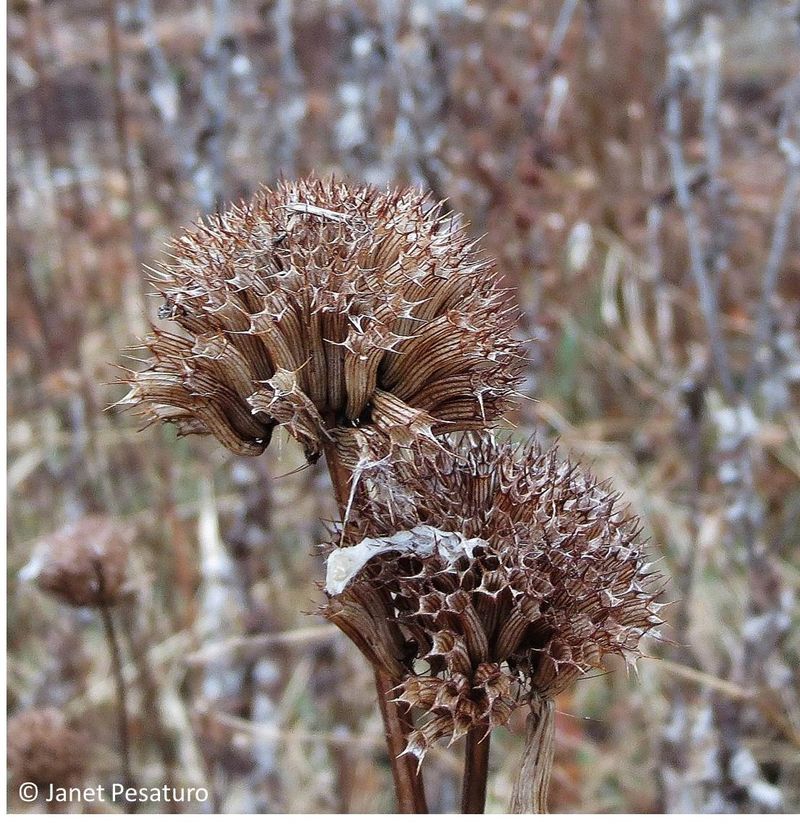
After bees finish with the nectar, birds move in for the seeds! Bee balm’s distinctive seed heads remain intact through winter, providing reliable food when snow covers the ground.
Chickadees and titmice are particularly fond of these seeds. Native varieties like ‘Wild Bergamot’ support local birds best. The architectural seed heads add winter interest to gardens while feeding birds – leave them standing instead of cutting back in fall for maximum wildlife benefit.
14. Calendula Cafeteria

Pot marigolds’ curved seeds are perfect for small bird beaks. These sunny orange and yellow flowers produce abundant seeds that finches and sparrows can’t resist once they mature.
Plant calendula in vegetable gardens to attract pest-eating birds. Their edible petals brighten salads while the seeds feed wildlife. Self-seeding readily, they return year after year with minimal effort, creating sustainable bird feeding stations throughout your garden.
15. Evening Primrose Provisions
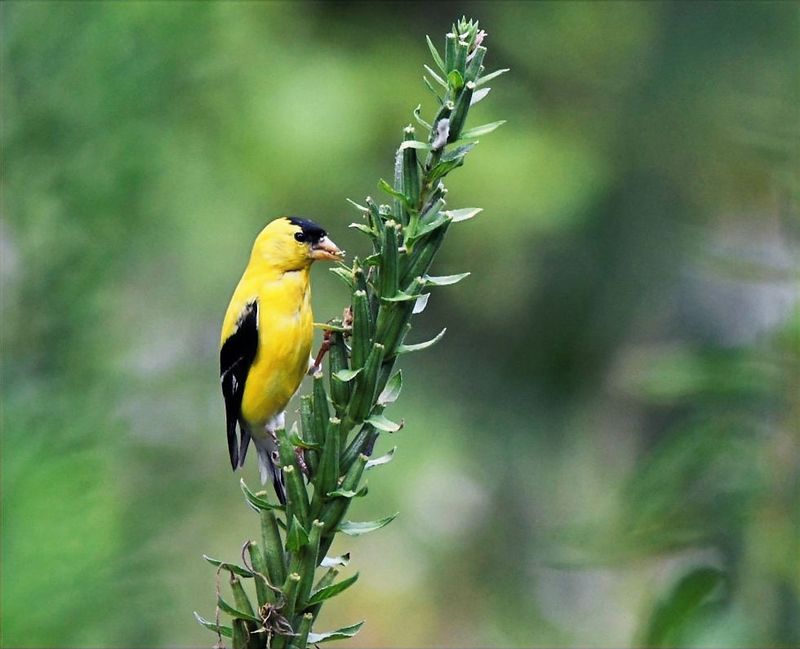
Finches flock to evening primrose’s slender seed pods, often hanging upside-down to extract every last seed. These native biennial plants produce thousands of tiny seeds per plant, feeding birds for months.
The tall stalks stand firmly through winter, making them accessible even after snowfall. Plant in naturalized areas where they can self-seed freely. Their golden summer flowers attract pollinators while their seeds later support birds – complete garden ecology in one plant.
16. Cleome Cuisine
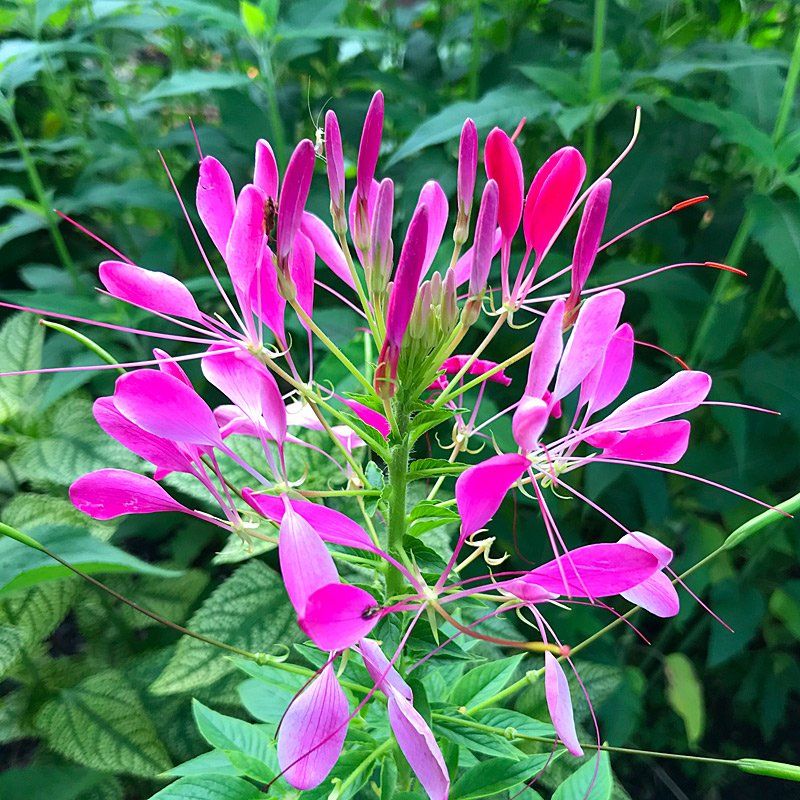
Spider flower’s unique seed pods dangle like green beans before drying and releasing seeds that goldfinches adore. The unusual structure allows birds to perch while feeding, creating charming garden vignettes.
These dramatic annuals self-seed reliably in suitable spots. Plant near patios for up-close bird watching opportunities. Their distinctive form adds architectural interest while their seeds feed birds well into fall, bridging the gap between summer abundance and winter scarcity.
17. Fennel Feast
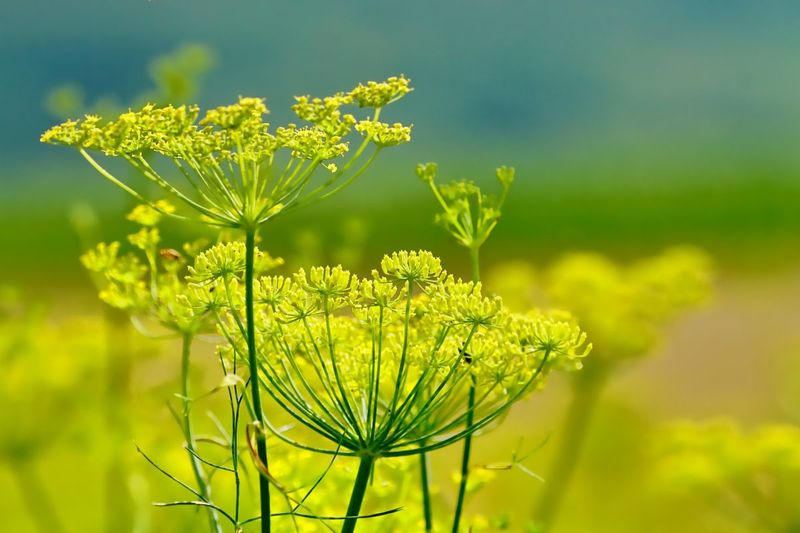
Finches balance on fennel’s lacy umbels, plucking the licorice-scented seeds with remarkable precision. The feathery foliage and yellow flower heads transform into bird feeding stations by late summer.
Bronze fennel varieties add dramatic color to gardens while feeding birds. Plant where it can remain undisturbed, as it’s both a host plant for swallowtail butterflies and a bird feeding station. The aromatic seeds attract goldfinches particularly, who seem to appreciate both the flavor and abundant harvest.

